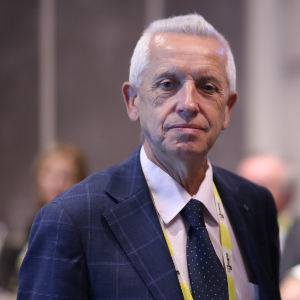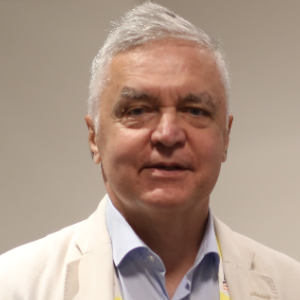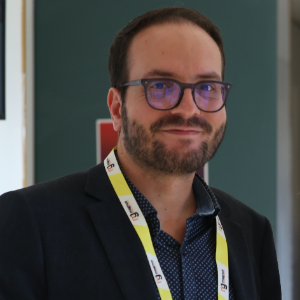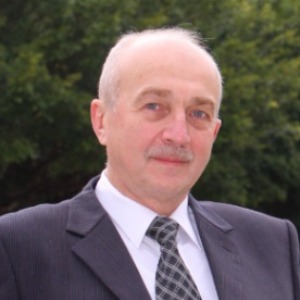Process Safety Engineers ensure that chemical processes operate safely by identifying and managing hazards related to chemical reactions, materials, and equipment. They analyze potential risks such as chemical spills, fires, explosions, and toxic releases, applying engineering principles and safety standards to develop prevention and mitigation strategies. Their work is essential in catalytic process industries like petrochemicals, pharmaceuticals, and specialty chemicals, where reactive substances and high pressures or temperatures are common.
These engineers conduct hazard assessments using techniques like HAZOP, fault tree analysis, and risk modeling to anticipate and reduce operational risks. They collaborate with process engineers to design safe reactors, control systems, and emergency shutdown procedures, ensuring processes remain stable and within safe operating limits. Process Safety Engineers also play a critical role in regulatory compliance, helping organizations meet safety codes and environmental regulations. In catalytic reaction scale-up, their expertise is vital to evaluate thermal runaway potential and manage reaction kinetics safely. They also develop training programs and safety audits that foster a strong safety culture within organizations. By minimizing accidents and environmental impacts, Process Safety Engineers contribute to sustainable chemical manufacturing and the reliable delivery of industrial products, supporting both human safety and environmental stewardship. Their proactive risk management enables continuous process improvements and operational excellence.

Stanislaw Dzwigaj
Sorbonne University, France
Dai Yeun Jeong
Asia Climate Change Education Center, Korea, Republic of
Sergey Suchkov
N.D. Zelinskii Institute for Organic Chemistry of the Russian Academy of Sciences, Russian Federation
Enrico Paris
CREA-IT & DIAEE, Italy
Rabeharitsara Andry Tahina
GPCI-ESPA Antananarivo University, Madagascar
Jiri Dedecek
J Heyrovsky Institute of Physical Chemistry , Czech Republic
Uday Som
Research and Development Engineer, Japan
Vladimir G Chigrinov
Hong Kong University of Science and Technology, Russian Federation



Title : Distant binuclear vanadium V(II) cationic sites in zeolites and their reactivity
Jiri Dedecek, J Heyrovsky Institute of Physical Chemistry , Czech Republic
Title : Advanced nanostructures for carbon neutrality and sustainable H₂ energy
Tokeer Ahmad, Jamia Millia Islamia, India
Title : Personalized and Precision Medicine (PPM) as a unique healthcare model via bi-odesign, bio- and chemical engineering, translational applications, and upgraded business modeling to secure the human healthcare and biosafety
Sergey Suchkov, N.D. Zelinskii Institute for Organic Chemistry of the Russian Academy of Sciences, Russian Federation
Title : Antibody-proteases as a generation of unique biomarkers, biocatalysts, potential targets and translational tools towards nanodesign-driven biochemical engineering and precision medical practice
Sergey Suchkov, N.D. Zelinskii Institute for Organic Chemistry of the Russian Academy of Sciences, Russian Federation
Title : Dimethyl ether synthesis from syngas over Cu-Zn/Al2O3 catalysts prepared using the Sol-Gel method
Uday Som, Research and Development Engineer, Japan
Title : Influence of various catalysts on H₂ enhancement and CO2 capture during syngas upgrading
Enrico Paris, CREA-IT & DIAEE, Italy
Title : Photoaligned azodye nanolayers : New nanotechnology for liquid crystal devices
Vladimir G Chigrinov, Hong Kong University of Science and Technology, Russian Federation
Title : Application of vanadium, tantalum and chromium single-site zeolite catalysts in catalysis
Stanislaw Dzwigaj, Sorbonne University, France
Title : Advances in heterogeneous catalysis for green conversion of propene to aldehydes and alcohols
Ram Sambhar Shukla, CSIR-Central Salt and Marine Chemicals Research Institute (CSMCRI), India
Title : Oxidation of methane to methanol over pairs of transition metal ions stabilized in the zeolite matrices
Jiri Dedecek, J Heyrovsky Institute of Physical Chemistry , Czech Republic